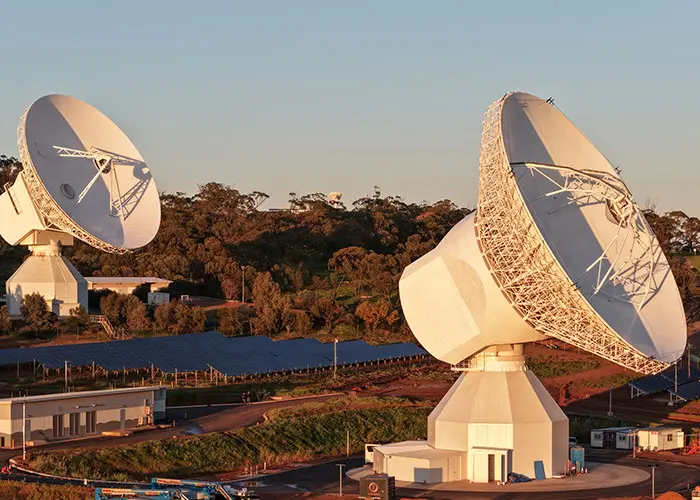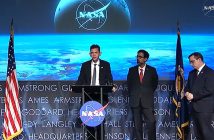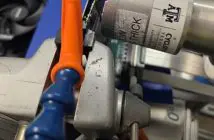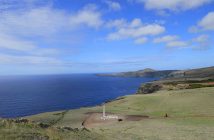
The European Space Agency (ESA) and the Australian Space Agency are set to deepen their longstanding partnership, with new initiatives to be unveiled during the International Astronautical Congress (IAC) in Sydney and the inauguration of ESA’s new deep space antenna in Western Australia.
Dialling in from Adelaide to a virtual ESA briefing, Australian Space Agency Head Enrico Palermo underscored the significance of the relationship, noting that Australia’s investments in ESA infrastructure are a signal of what can be achieved through enduring international partnerships.
“One of the key side events we’re focused on is the inauguration of the New Norcia 3 antenna, a facility expected to operate for 50 years,” Palermo said. “The Australian Government invested AU$4 million — approximately €3 million — through our International Space Investment Initiative, and that contribution has already unlocked local economic growth while building long-term capability.”
The New Norcia 3 antenna, with an industrial cost of €63 million, forms part of ESA’s deep space communications network, Estrack, and builds on decades of joint work between Europe and Australia. Since 1979, ESA has operated ground stations on Australian soil under formal agreements, supporting missions ranging from interplanetary science to Earth observation.
“This antenna enhances ESA’s capacity to fly pioneering scientific missions and ensures uninterrupted communications from around the planet,” Palermo said. “It also deepens Australia’s reputation in deep space communications. We’ve supported ESA, NASA, and others in this field, and we want to remain a trusted partner in global exploration.”
Palermo also highlighted the role of domestic industry, noting that Australian suppliers contributed critical components to the antenna’s energy-efficient design, and praised the expertise of CSIRO, which has operated the New Norcia site on ESA’s behalf since 2019. “This project is more than infrastructure,” he said. “It’s a symbol of ambition and collaboration — a statement that Australia is committed to being part of the world’s future in space exploration.”
ESA’s Nathalie Tinjod, External Relations Officer and head of the ESA History Project, placed the collaboration in a broader historical and strategic context. She pointed to Australia’s role in ESA’s foundations, recalling that the nation was a member of ELDO, a predecessor organisation, and hosted launches of the Europa rocket.
“This year marks 50 years of ESA and also 50 years of space diplomacy,” Tinjod said. “Over that time, ESA has concluded more than 500 agreements worldwide, many of them enabling cross-support between partners. Australia has been central to that effort from the very beginning.”
Tinjod explained that ESA’s 2021 Global Strategy for Space Cooperation continues to prioritise the Indo-Pacific region, despite recent geopolitical and industrial challenges. The region now represents 23 per cent of global space spending and is growing rapidly. “ESA has long-standing partnerships with countries such as Japan and ISRO, and we are now expanding ties with others, including South Korea, where we will sign three agreements at IAC,” she said. “Australia, India and New Zealand are among our strategic partners, and we are actively considering expanding our cooperation with Australia.”
Beyond infrastructure and government-to-government collaboration, ESA is also fostering industry engagement. Through its EPIC competition, the agency has supported startups across India, Japan, Singapore and now Australia. Four successful European startups will attend IAC to meet with Australian partners and explore commercial opportunities.
Both Palermo and Tinjod emphasised that the relationship between ESA and Australia is not only technical but also economic, scientific, and diplomatic. The forthcoming IAC and the inauguration of the New Norcia 3 antenna are expected to mark a new chapter in the partnership, strengthening Europe’s links with Australia and the wider Indo-Pacific.
“The relationship with Australia has been very beneficial over the past 50 years,” Tinjod said. “We are now looking forward to building on that success and shaping the next chapter together.”
Image: ESA’S NEW NORCIA 3 DEEP-SPACE ANTENNA: Credit: ESA





